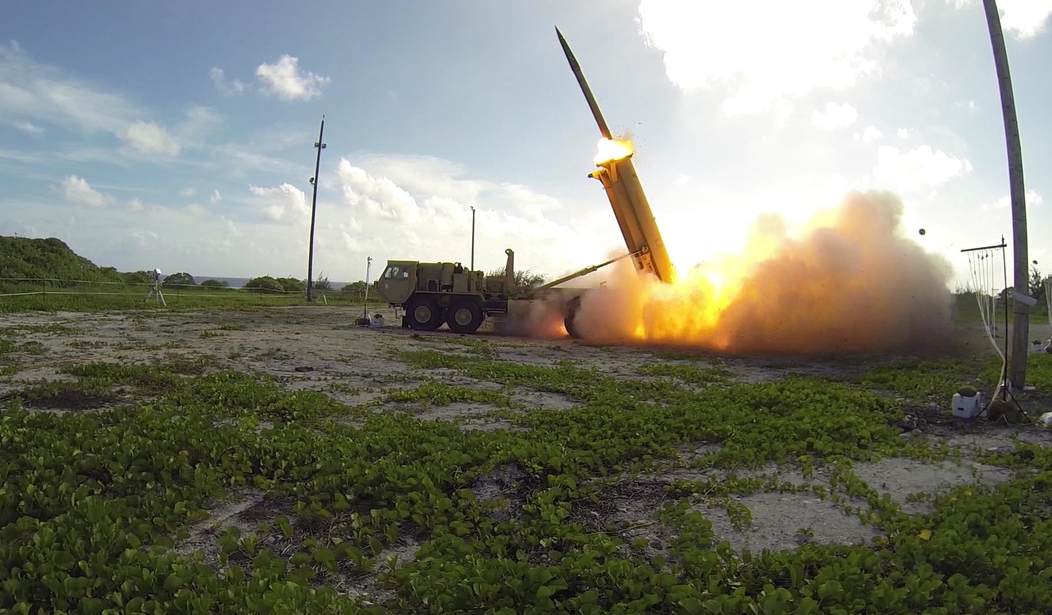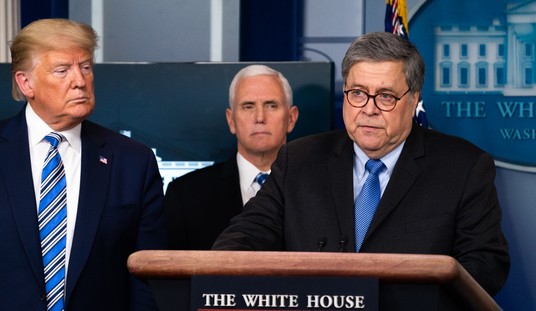Beijing is so worried about South Korea deploying U.S.-made Terminal High Altitude Area Defense anti-missile missiles, that they’re threatening an end to friendly relations if Seoul moves forward. That seems like an overreaction to a purely defensive and local weapon, but Ankit Panda has a theory explaining China’s stance:
The answer, I think, has to do more with the monitoring capabilities that are part of the THAAD package. Beijing isn’t, for instance, worried that a THAAD deployment in South Korea would threaten any ballistic missiles it would plausibly fire at the United States–again, THAAD only works against ballistic missiles in the terminal phase and not against inter-continental ones anyway. Lyon evaluates China’s concerns:
China’s right to believe that THAAD surveillance data could be transferred to other BMD assets protecting [the continental United States (CONUS)]. Indeed, one of THAAD’s missions would be to strengthen U.S. defenses against the possibility of North Korean ballistic missile attack on CONUS. So it has to be able to transfer data to CONUS-based radars and interceptors. But the United States already has a THAAD battery deployed on Guam, two AN/TPY-2 radars deployed in Japan (at Shariki and Kyogamisaki), space-based assets, plus a range of ship-borne radars and larger land-based radars in other parts of the Pacific theatre. Would a THAAD deployment in South Korea change much? The short answer is that it could improve early tracking of some Chinese missiles, depending on their launch point. Still, that might not make actual interception of those missiles much easier. ICBM warheads move fast. And sophisticated penetration-aids help to confuse missile defenses.
So, from the Chinese perspective, a THAAD deployment could shift the strategic stability needle ever so slightly away from its status quo equilibrium and advantage the United States, giving Washington better early warning and tracking of Chinese ICBMs.
Panda goes on to note that “Beijing does have some legitimate reasons to be upset, but I question if the negative implications for China’s security really outweigh the diplomatic cost to the bilateral relationship with South Korea.”
Maybe yes, maybe no.
It’s been joked that the most dangerous weapon in World War II was an American private with a radio. A radio gave every lowly private the ability to do what only a colonel or a general could do before: Call in fire on a target from every gun in range. You really didn’t want to be that target.
Often outnumbered, or at least planning to fight bad odds, the U.S. military has long relied on what it calls “force multipliers.” That is, instead of handing out oodles of cheap rifles to oodles of expendable infantrymen, we spent more money on weapons which could do a lot more damage — weapons like long-range artillery and bombers. The ultimate force multiplier, of course, was thought to be the atom bomb.
But multiplication by zero is still zero. Unless there’s a known target, you can bring down any fire at all. And unless there’s a way for the person who sees the target to communicate its location up the chain of command, then you’re still multiplying by zero. So during World War II the American military issued a lot of radios. Motorola supplied nearly 200,000 SCR-536 “handie-talkies” and longer-ranged SCR-300 “walkie-talkies” combined — making the American military the best-networked fighting organization anywhere in the world.
The result was that instead of multiplying by zero, our men were able to multiply by however many big guns or fast planes happened to be around. Math, as I keep telling my sons, is cool.
Today we “arm” our men and women with communications equipment much more powerful than backpack-sized Motorola radios. Blue Force Tracking gives individual soldiers God’s Own View of the battlefield, and satellite comms means that view can be shared up the chain of command all the way to the Pentagon and the White House. A Marine in a Stryker off-road somewhere in Afghanistan can tap on a screen, and the end result is a B-52 strategic bomber on a remote island in the Indian Ocean getting orders from Washington to take out a Taliban hideout in Kandahar.
Really then the ultimate force multiplier is networking — the ability to share information immediately and nowadays globally. Our networking capabilities have grown from heavy Moto gear with nothing beyond Morse and voice comms, to tanks with frickin radar beams in touch with satellites in orbit around the earth. And our capabilities grow every year.
So maybe China doesn’t have that much to worry about right now, but maybe they’re looking past the right now, and into what information South Korean-based American weapons systems might be able to share in the not-so-far future.









Join the conversation as a VIP Member